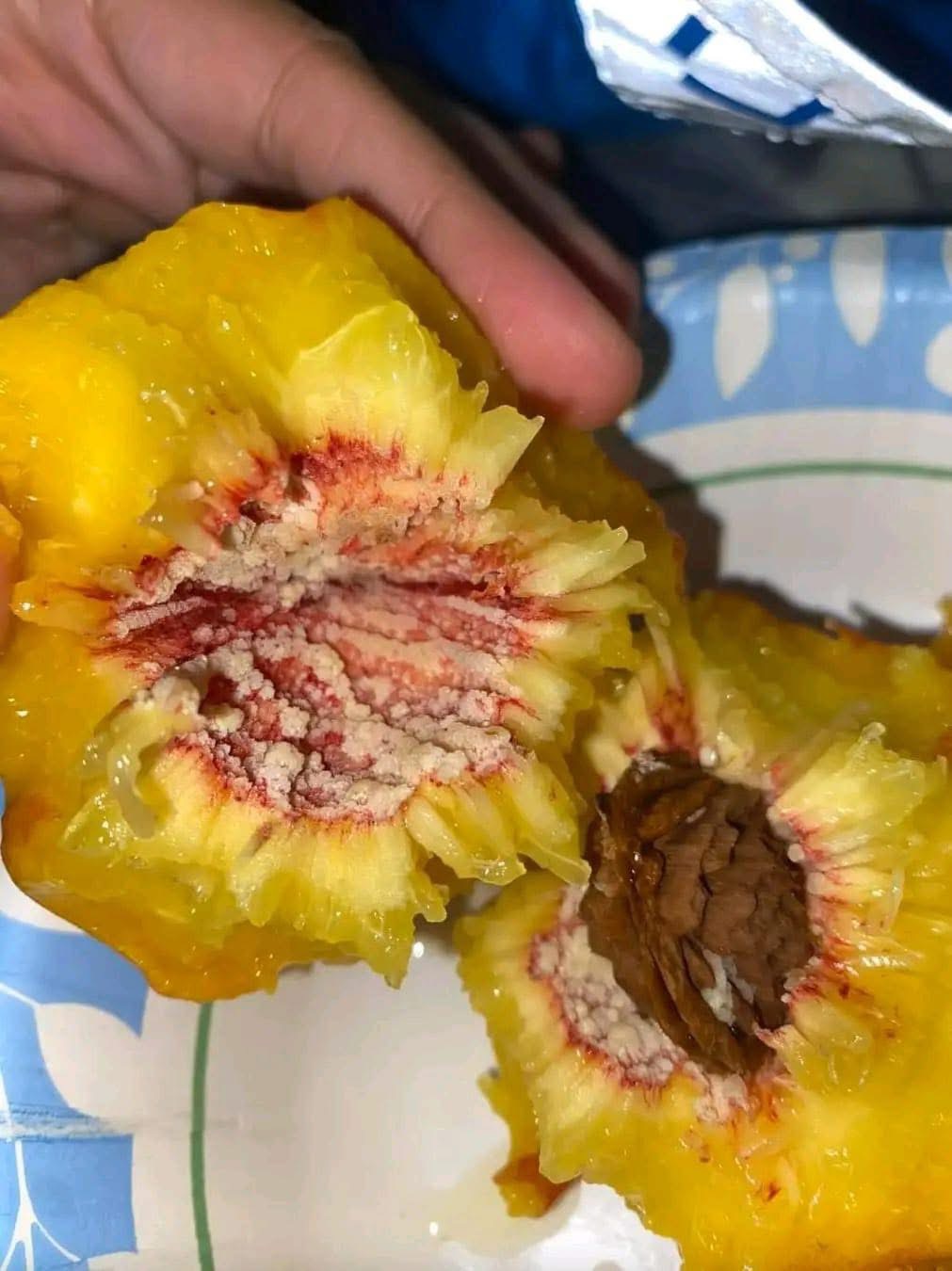- Mold: If the peach was overly ripe or damaged, mold could develop on the pit. This is especially likely if the peach was stored in a damp environment. Mold can appear as a white fuzz or powdery substance.
- Fungal Growth: Besides mold, other types of fungal growth can occur on the pit. This is often a result of exposure to moisture and can look similar to mold.
- Natural Residue: Sometimes, the white substance could be residues from the fruit itself, like sugars or other organic materials left behind after the fruit has decomposed or broken down.
- Lenticels: The pits of peaches can have natural lenticels, which are small, pore-like structures that allow for gas exchange. In some cases, these can appear white or lighter in color.
- Treatment Residues: If the peach was treated with pesticides or other agricultural chemicals, there could be residue on the pit. Washing the peach before eating can help remove some of these substances
If the white substance is mold or fungus, it’s generally best to avoid eating the pit or any affected fruit parts. Always inspect fruits carefully and practice safe food handling to ensure you’re consuming fresh, safe produce. If you’re unsure, it’s wise to discard the fruit and consult a professional if necessary.
